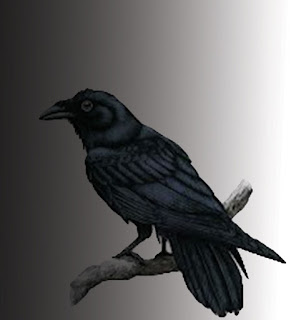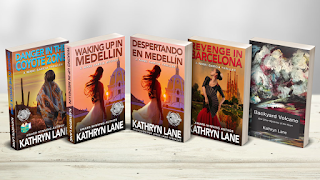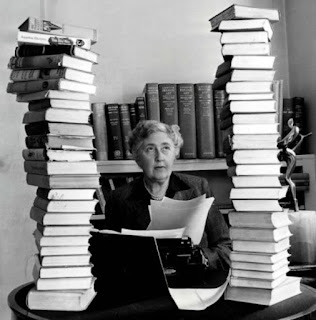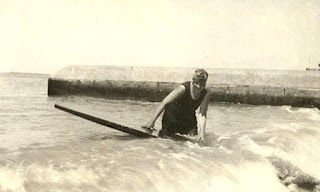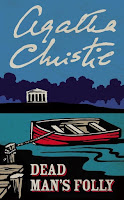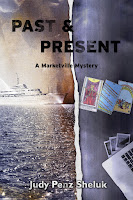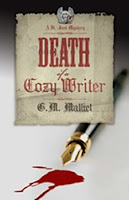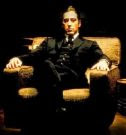Origin and Evolution of the Mystery Genre
By Kathryn Lane
When I’m about to start writing a
new Nikki Garcia mystery, I take time to look back, like traveling through a
time capsule, to the origin of the genre.
Most literary historians place the origin of
mysteries in 1841 when Edgar Allan Poe wrote The Murders in the Rue
Morgue. He invented devices of suspense fiction still in use, such as the
subconscious motivation of his characters.
Poe also used kernels of truth in his fiction. Murders
in the Rue Morgue is set in Paris. Since I like to place my novels in
foreign countries, I wondered why Poe used Paris as his setting. It turns out
that the first known private investigative firm was founded in that city by François
Vidocq, a former criminal who
became a criminologist and was also instrumental in organizing the Sûreté that became part of the
national police force with Vidocq as its first director.
Apparently, Poe created the first fictional
private investigator, Dupin, based on what Poe knew about Vidocq.
I doubt Poe ever anticipated
the reading public’s enduring fascination with suspense and mysteries, which have
also evolved into thrillers.
The next big innovator, Arthur Conan Doyle,
borrowed from other genres, including humor and romance, to spice up his Sherlock Holmes series,
a trend some current authors tend to follow.
Agatha Christie invented the husband-and-wife team
and moved her stories to the country, thus inventing the cozy mystery. She
dropped clues in her stories so the reader could figure out whodunit.
A lot of experimentation followed in the genre,
creating hard-boiled crime, spy thrillers, psychopathic and serial killers, and
the psychological thriller.
Readers who enjoy mysteries often prefer stories
full of twists and turns with memorable characters and plots that keep them
turning the pages.
After I go down memory lane in my time capsule, I enjoy
reflecting on specific ideas that might help me in my next project, such as creating
more tension between characters, perhaps experimenting with an unstable
character, or seeing how some of my favorite authors have used foreign locations
to make the story more satisfying.
As a reader, what do you anticipate in a new
mystery?
Or, as a writer, do you look at the work of other authors, either
current or past, to inspire you?
***
Kathryn’s books – The Nikki Garcia
Thriller series and her short story collection – Backyard Volcano.
All available on Amazon. https://www.amazon.com/dp/B082H96R11
Kathryn Lane started out
as a starving artist. To earn a living, she became a certified public
accountant and embarked on a career in international finance with a major
multinational corporation. After two decades, she left the corporate world and plunged into writing mystery and suspense thrillers. In her stories, Kathryn
draws deeply from her
Mexican background as well as her travels in over ninety countries.
https://www.facebook.com/kathrynlanewriter/
Photos:
Crow, Investigator with Pipe, and
Fingerprint – Public Domain
Kathryn’s books – designs by Bobbye
Marrs

